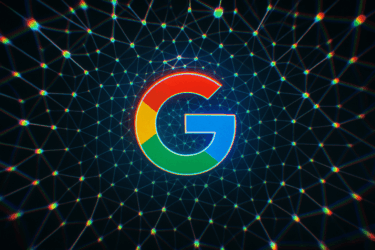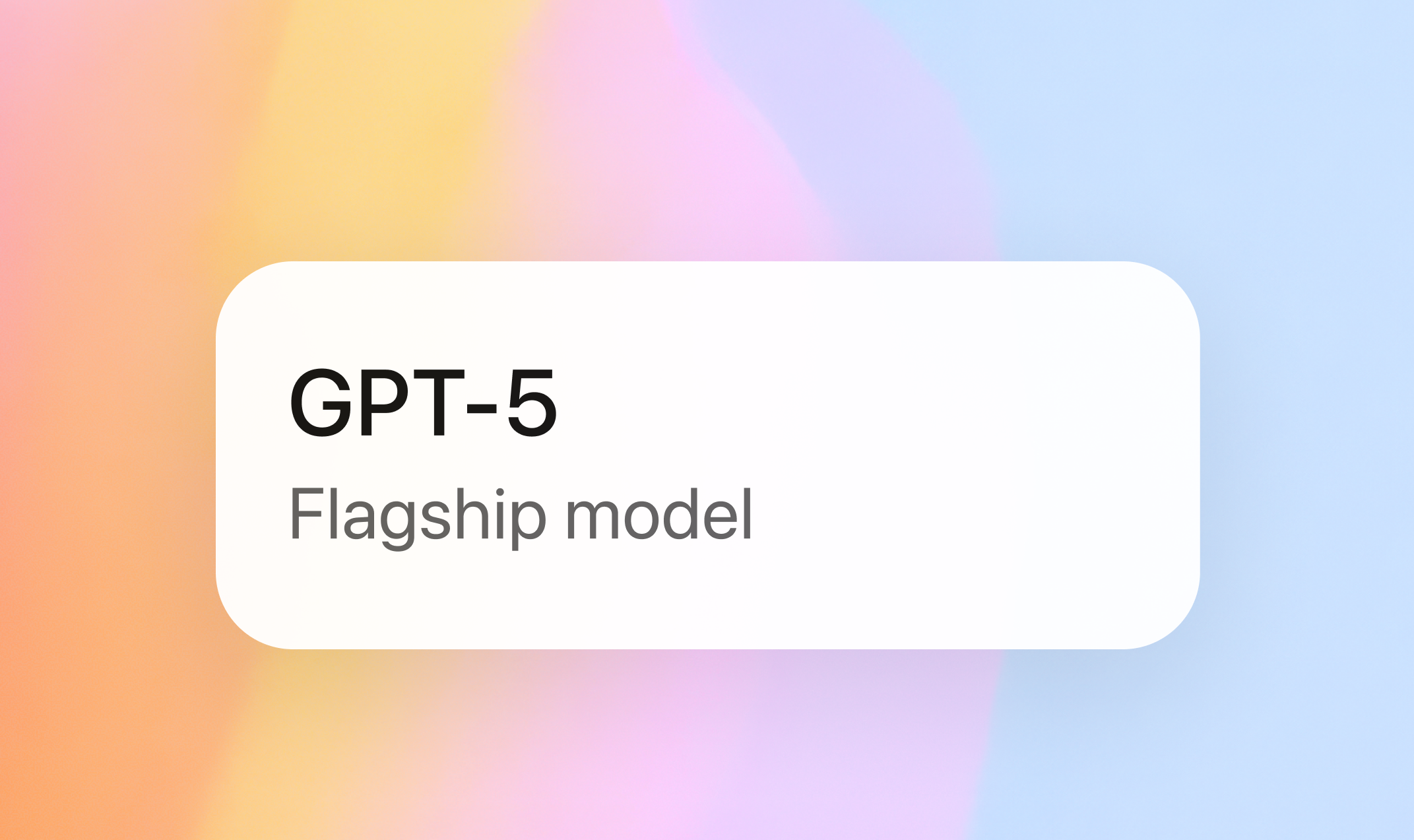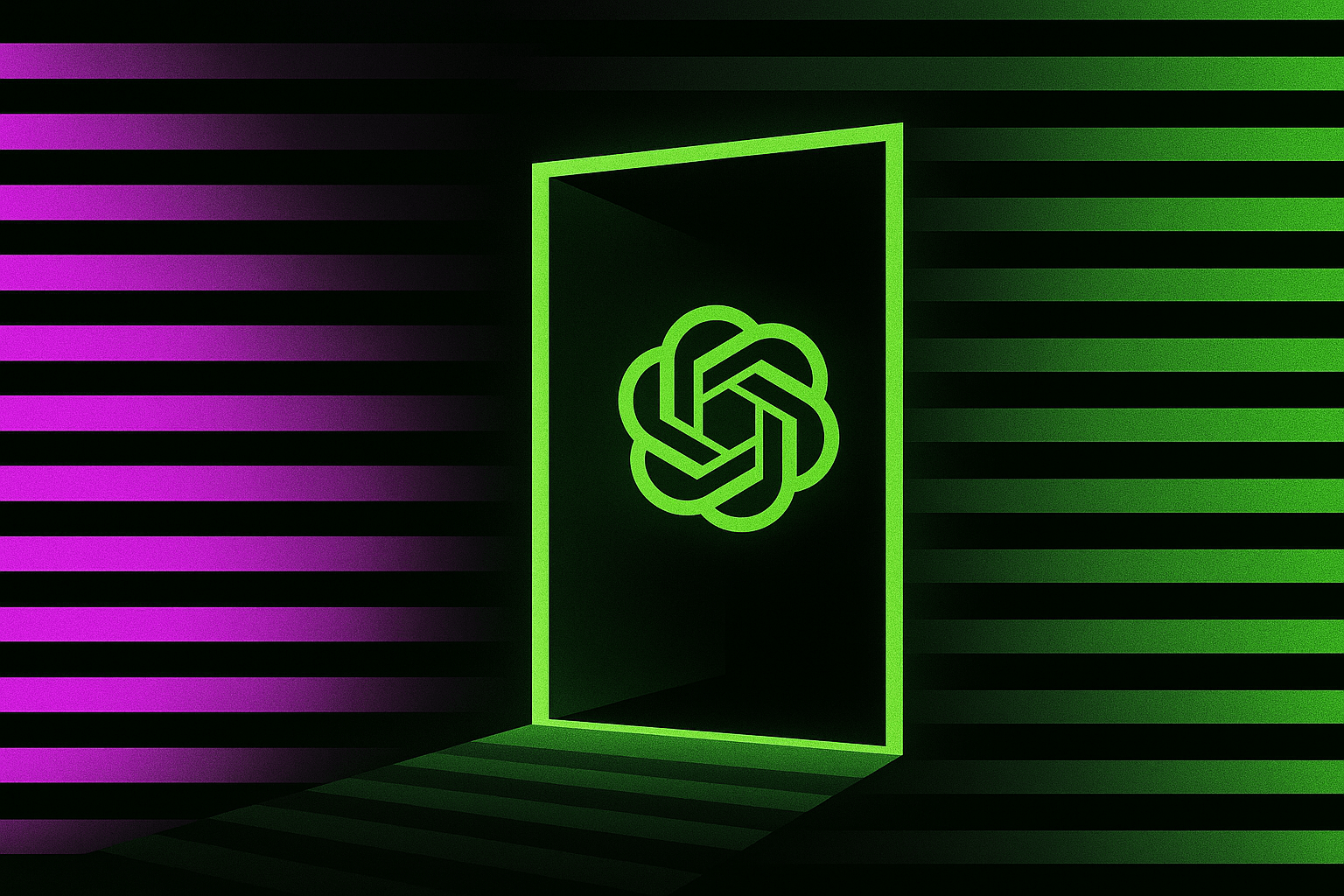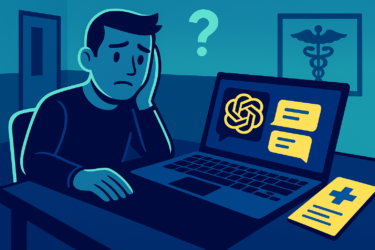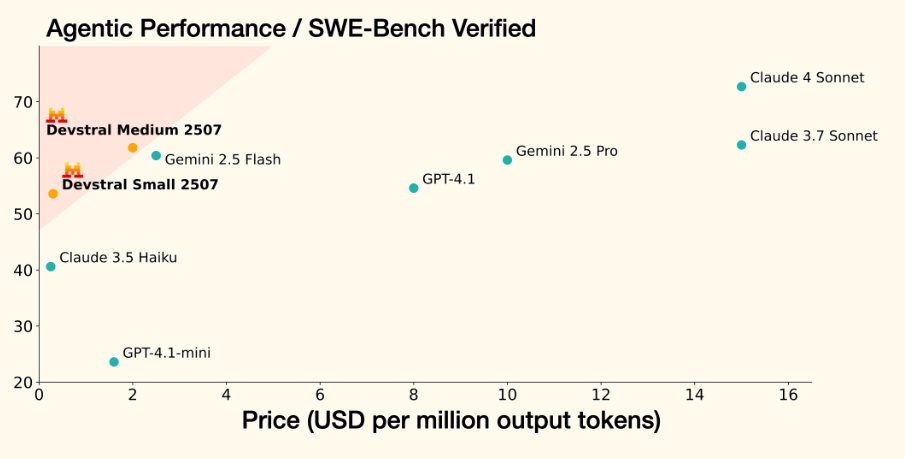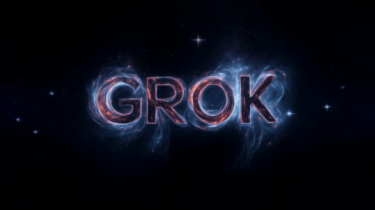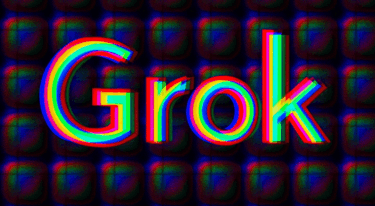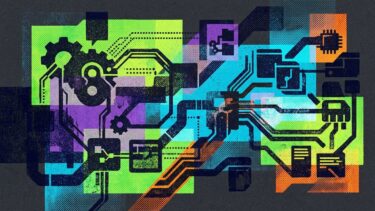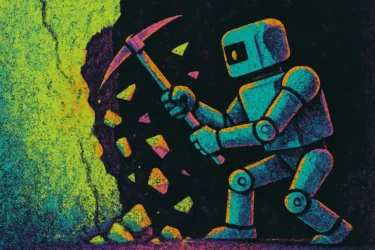Short
OpenAI alignment researcher Sean Grove believes the most valuable programmers of the future will be those who communicate best. "If you can communicate effectively, you can program," Grove says. In his view, software development has never been just about code but about structured communication: understanding requirements, defining goals, and making them clear to both people and machines.
Grove argues that code itself is only a "lossy projection" of the original intent and values. As AI models become more powerful, he says, the real skill will be turning that intent into precise specifications and prompts.
"Whoever writes the spec be it a PM, a lawmaker, an engineer, a marketer, is now the programmer," Grove explains.
